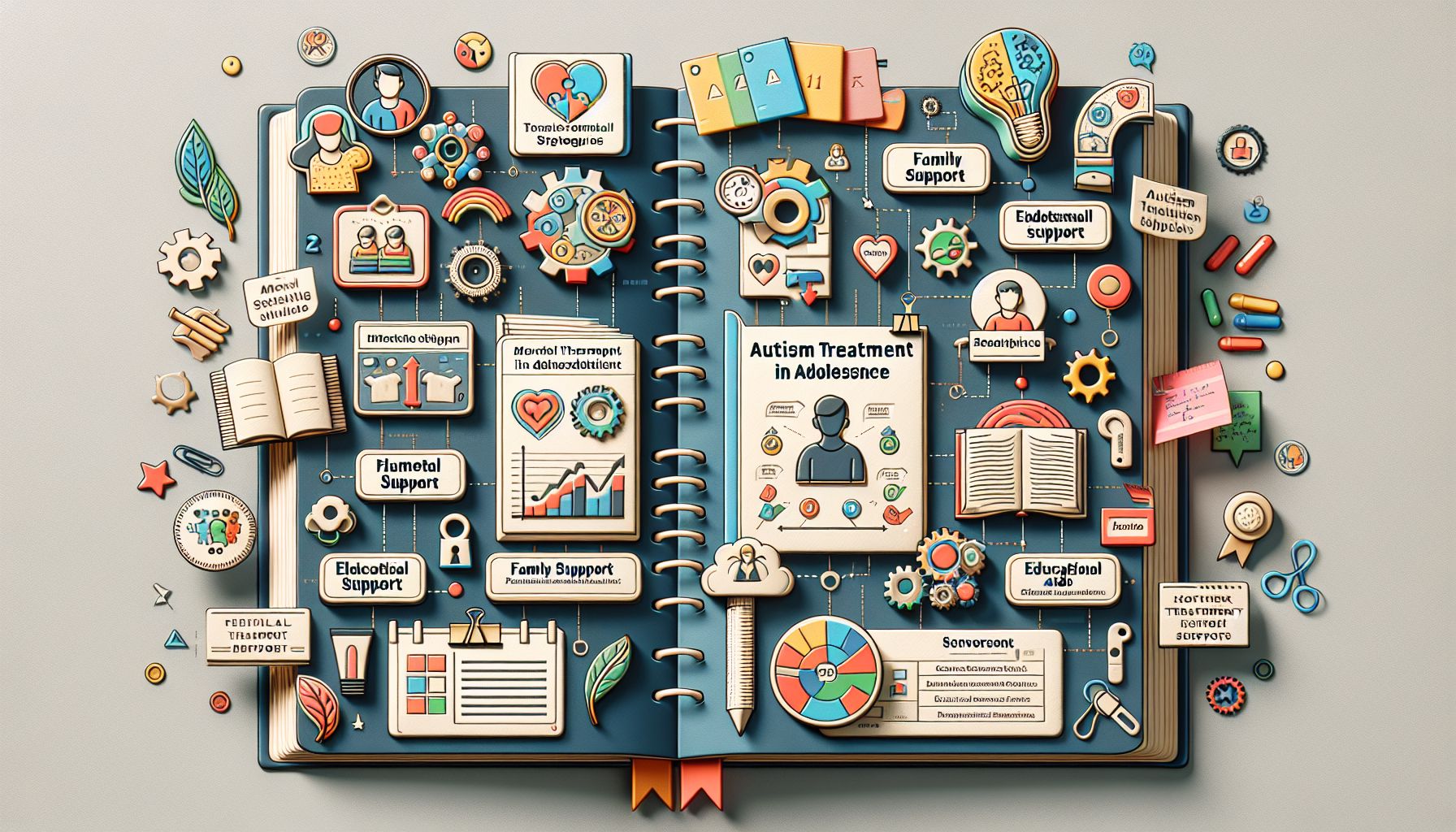Autism Spectrum Disorder (ASD) is now recognized in one out of every 59 children, according to the Centers for Disease Control and Prevention (CDC). Adolescence can be a remarkably challenging period for individuals with ASD, marked by significant cognitive, behavioral, and social development shifts. This blog post will delve into the nuances of autism treatment during the tricky teenage years.
Understanding Autism in Adolescence
When you have a teenager with autism at home, it’s critical to recognize that neurodevelopmental changes during adolescence can impact the trajectory of autism symptoms. Hormonal changes can significantly affect the mood, behavior, and social functioning of teens with ASD, making adolescence a crucial phase for autism treatment.
Structural changes in the brain during teenage years can also lead to alterations in social cognition and understanding of implicit social rules. So, your teenager may show new behaviors or changes in existing behaviors during this time. Predicting these transformations and responding aptly must be a part of autism treatment during adolescence.
Importance of Early Intervention and Continuous Therapy
The American Academy of Pediatrics advocates for early intervention services beginning before the child reaches age 3. These interventions, such as speech therapy, occupational therapy, and Applied Behavior Analysis (ABA), significantly help to improve a child’s developmental trajectory.
As your child transitions into adolescence, these therapies should remain an integral part of their routine, with necessary revisions made to their program to match their changing needs. For example, your teenager may need to work on transition skills, social skills, or adaptive skills.
Individualized Education Programs (IEPs)
An IEP is a legal document developed for every public school child eligible for special education services. The IEP outlines unique learning needs, the services the school will provide, and how progress will be measured. Adolescents with autism should have an IEP addressing their specific needs, such as support in social interactions, behavior management techniques, and academic accommodations.
Medication Management
While autism isn’t cured by medication, some drugs can alleviate symptoms or treat comorbid conditions in adolescents with autism. For example, medications could be used to manage anxiety, depression, or ADHD, which often co-occur with autism. Regular consultation with a pediatrician can ensure that the medication regimen is supporting your teenager’s overall treatment strategy, with necessary adjustments made over time.
Addressing Behavioral Challenges
Adolescence can often amplify behavioral issues, such as aggression, self-injurious behaviors, or elopement. A critical aspect of autism treatment in adolescence is working closely with a behavior therapist. Using ABA strategies, they can determine the triggers, develop intervention strategies, and guide your teenager towards more appropriate responses.
Fostering Social Skills
Adolescence is a crucial time for social development, but it can prove to be especially challenging for teenagers with autism. The ever-increasing complexity of social interactions can be difficult to navigate. Social Skills Training (SST) can be of great benefit to adolescents with autism. Group-based SST can provide opportunities to practice newly learned skills in a supportive environment.
Preparing for Independence
Even as they grapple with their changing selves, adolescents with autism must be steadily guided towards self-sufficiency. Practical skills like using public transportation, managing money, and doing household chores should be part of your teenager’s therapy. Equipping your teenager with these skills will help them as they transition towards adulthood.
Support for Parents and Guardians
As the complexity of behavioral patterns and social demands increase with adolescence, the stress on caretakers can also rise. Support groups, respite care, and counseling can be great resources to cope with this. Attending workshops aimed at empowering parents can also equip you with strategies to foster your teen’s development.
Autism treatment in adolescence is an ongoing journey, not a destination. With the right therapeutic supports, continuous parental involvement, and a focus on individual strengths, teenagers with autism can smoothly transition into adulthood. Remember, every adolescent with autism is unique and requires a unique journey through these turbulent years.

